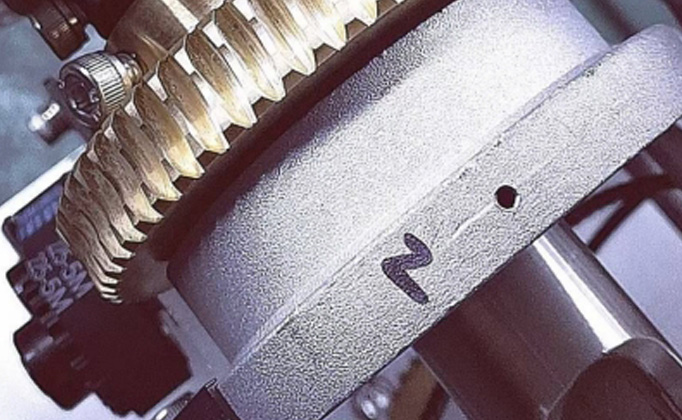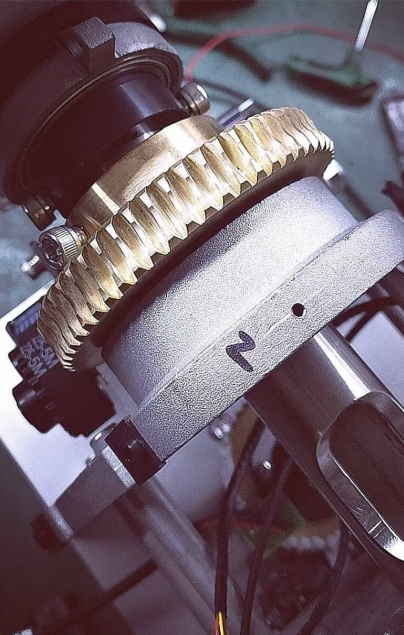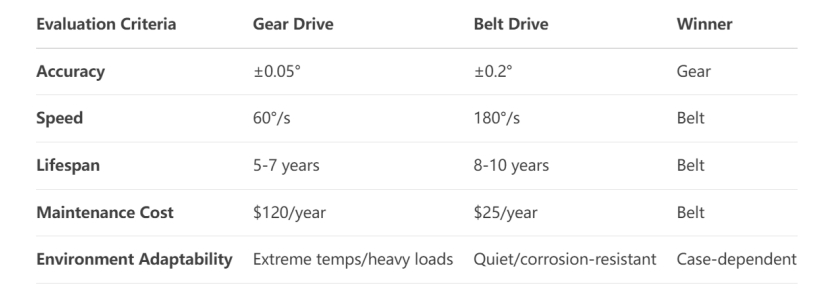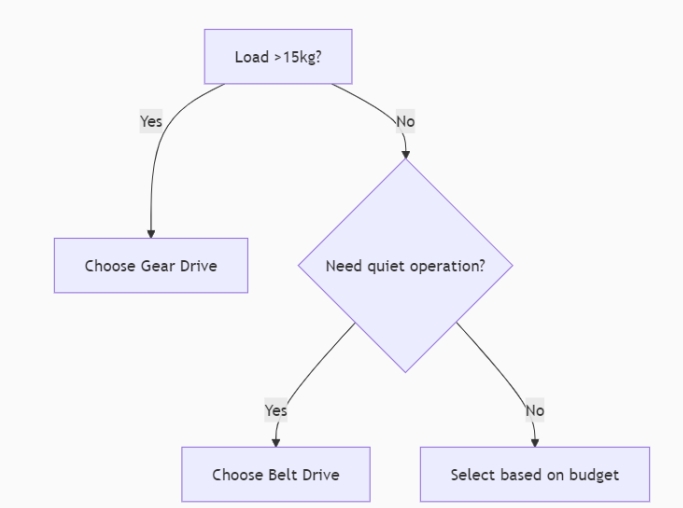

In the field of security surveillance, the drive method of a PTZ mount directly impacts device performance and lifespan. As an Technical team with 18 years of R&D experience, ZIWIN will analyze the core differences between gear drive and belt drive systems from technical principles, application scenarios, and maintenance cost perspectives.
1. Gear Drive System
Structural Features:
· Uses helical/planetary gear sets
· Metal gears engage directly
· Equipped with high-precision encoders (±0.05°)
Advantages:
✔ Ultra-high torque output (supports up to 50kg loads)
✔ High positioning accuracy (repeatability error <0.1°)
✔ Extreme temperature resistance (-40℃~85℃ range)
Disadvantages:
✖ Higher operational noise (50-65dB)
✖ Requires regular lubrication maintenance
2. Belt Drive System
Structural Innovations:
· Carbon fiber-reinforced timing belts
· Auto-tensioning mechanism
· Non-contact encoders
Advantages:
✔ Ultra-quiet operation (<35dB)
✔ Maintenance-free design (no lubrication needed)
✔ High-speed response (180°/s instant movement)
Disadvantages:
✖ Lower load capacity (typically <15kg)
✖ Potential belt stretch over time

Decision Flowchart:

Ideal for Gear Drive:
1. Heavy-duty monitoring: Port crane surveillance, power substation inspection
2. High-precision needs: License plate recognition, border patrol
3. Extreme environments: Middle Eastern deserts, Arctic research stations
Ideal for Belt Drive:
1. Noise-sensitive areas: Museums, hospital operating rooms
2. High-speed tracking: Traffic violation capture, anti-drone systems
3. Corrosive environments: Coastal regions, chemical plants
Q1: How to identify existing PTZ drive type?
3-Step Identification:
1. Listen: Gear drives produce rhythmic "clicking" sounds
2. Check model: "G"/"Gear" indicates gear drive; "B"/"Belt" for belt drive
3. Review manual: Drive type specified in technical parameters
Q2: Will belt drives fail in low temperatures?
· Standard belts: May become brittle below -10℃
· Specialty belts: Polyurethane material (operates at -40℃)
· Solution: Choose PTZ with temperature control
Q3: Do gear drives require regular oiling?
· Traditional models: Lubricate every 2 years
· New models: Solid lubricant coating (5-year maintenance-free)
· Tip: Use Molykote EM-series specialized grease
1. Smart Hybrid Drive:
o Belt drive at low speed (quiet/energy-saving)
o Gear engagement at high speed/heavy load (ensures precision)
2. Self-Diagnostic Systems:
o Real-time gear wear monitoring
o Predictive belt lifespan analysis
o Maintenance alerts via app
3. Advanced Materials:
o Graphene-enhanced gears (40% less wear)
o Bio-based biodegradable belts (eco-friendly solution)
Gear Drive:
· Lubricant replacement every 2 years ($50/instance)
· Gear set replacement every 5 years ($200)
Belt Drive:
· Timing belt replacement every 5 years ($80)
· No other maintenance required
Annualized Cost:
· Gear drive: $70/year
· Belt drive: $16/year
1. Critical infrastructure: Choose gear drive for reliability
2. Commercial venues: Belt drive offers better cost efficiency
3. Special requirements: Consider customized hybrid solutions
For specific product selection advice, contact our technical team for the PTZ Drive System Selection Guide (includes detailed parameter comparisons).

Ziwin CCTV Cameras have a high quality. If you are interested in our products, please leave a message here, we will respond as soon as possible.